Students
Trained
Company Tie Ups
For Placements
Offices
Courses
+
Job Satisfaction
React JS Training Courses In Jaipur
Learn React and become a master Web Developer. Get a comprehensive understanding of Redux, React Routing, JSX, REST, and more."
It was created by Facebook's Jordan Walke in 2013 and is a Javascript library. In addition to Netflix, Facebook, and other popular sites, React JS is considered one of the most popular libraries on GitHub (5th most starred).
During the creation of the React framework, Facebook and Instagram designers incorporated interactive elements in user interfaces. It has become extremely popular very quickly because of its open-source status. As Facebook and Instagram continue to use React, other well-known products, including Netflix, Twitter, Khan Academy, WhatsApp, Dropbox, Salesforce, Tesla, etc. are starting to do so as well. Most people are familiar with these companies, which implement React the most.
Learn React JS From Orion Trainings
A JavaScript library designed to build interactive elements on websites called React JS is used in this digital era.
It is only through hands-on experience that one can comprehend the material. The aim of each session is to give students the opportunity to test their learning through practical exercises.
Join Orion Trainings To Learn And Succeed In The Full Stack Web Development Through The Most Popular Programming Language React JS!
With ReactJS, you can build interactive, dynamic web applications, addressing many of the growing issues in front-end development. Developer communities have sprung up around it and are rapidly expanding. Learning React is simple.
What You Will Learn
Learn how to become a Full Stack Web Developer or Front End Web Engineer
- Implementation of ReactJS concepts in practice
- Using React JS and Redux, you can build large-scale applications
- Installing and setting up ReactJS
- Reusable Components: A Quick Guide
- Using TypeScript and ReactJS
- Properties and States in React
- Redux and React
- Lifecycle of React Components
- User Input and Forms
- Calling AJAX with React
- Component-to-component communication
- The ReactJS diff algorithm for measuring performance
- Differences between HTML DOM and Virtual DOM - The Basics
- A server-side rendering method
- React environment setup, Webpack, Babe configuration, transpile, and bundle components
- Utilizing Flow with React
- A JSX prop, or a JSX child
- Keys in React
- Components of higher-order
React JS Course Outlines In Rajasthan
Course Objectives
- Web applications can be built using React's declarative, fast, flexible, and efficient JavaScript libraries.
- An object-oriented approach is followed.
- Large-scale applications can be built with smaller components.
- Stateful components are reusable and smaller, allowing for the construction of large-scale and high-performance applications.
- By building smaller components, React Training creates interactive user interfaces.
By the end of this ReactJS live training, students will be able to:
In this course, you will learn the most fundamental components of React: JSX, components, and props and state. React's modular programming style will allow you to combine these ideas.
- An explanation of the tools for developing React code
- Components can be built using both classes and hooks
- JSX syntax for creating views.
- Container Presentation pattern: how to structure your code
- What is Typescript and how to add it to React
- A remote API's JSON data can be fetched this way
- The lifecycle of a component
- Using the React Router, how to create a project
- Redux: Isolating application state
- Test your React code with unit tests
Participants
- Professionals who design and develop websites
- Front End / Full Stack Developers
- Developers of ReactJS
- Programmers and web developers who are starting out
- Developers specializing in front-end JavaScript, ReactJS, and React Native
- SWIFT, C#, and ReactJS developers
- Javascript Node.js Developers
- Learning React is a good idea for engineers
- Developers of Java/ReactJS
- Learn React if you are a programmer
- Web & Mobile Application Developers and API Developers using React
Course Format
- Sessions of lectures, discussions, exercises, and practical hands-on training
Note
- For a customized training in React JS course, please contact.
Course Outline For React JS
- What is ReactJS?
- Installation or Setup
- Hello World with Stateless Functions
- Absolute Basics of Creating Reusable Components
- Create React App
- Hello World
- Hello World Component
- Creating Components
- Basic Components
- Nesting Components
- Props
- Component states - Dynamic user-interface
- Variations of Stateless Functional Components
- setState pitfalls
- ReactJS component written in TypeScript
- Installation and Setup
- Stateless React Components in TypeScript
- Stateless and property-less Components
- Basic State
- Common Antipattern
- setState()
- State, Events and Managed Controls
- Introduction
- Default props
- PropTypes
- Passing down props using the spread operator
- Props. children and component composition
- Detecting the type of Children components
- Component Creation
- Component Removal
- Component Update
- Lifecycle method call in different states
- React Component Container
- Controlled Components
- Uncontrolled Components
- HTTP GET request
- Looping through data using HTTP GET request
- Make Ajax calls in React without a third-party library - using Vanilla
- Child to Parent Components
- Not-related Components
- Parent to Child Components
Stateless Functional Components
- Stateless Functional Component
- Performance measurement with ReactJS
- React's diffs algorithm
- HTML DOM vs. Virtual DOM
Introduction to Server-Side Rendering
- Rendering components
- Simple React Component
- Install all dependencies
- Configure webpack
- Configure babe
- HTML file to use react component
- Transpile and bundle your component
- Checking prop types in stateless functional components
- Using Flow to check prop types
- Props in JSX
- Children in JSX
- Using the id of an element
- Using the array index
- Authentication Checks in Higher-Order Component
- Simple Higher-Order Component
- Using Connect
FAQ
React JS is a library, not a framework. A Framework is something created by combining components such as an MVC (Model-View-Controller) framework with a view layer. Nevertheless, some people find it useful for building or supporting large frameworks due to its features. Taking the wider ecosystem into account makes this even more true.
In addition to creating user interfaces for the web, React JS has grown to become an essential tool for front-end and visual development alike, both for the web and apps. React Native was developed by Facebook in 2015 and is a mobile application framework built on top of React JS. It is ideal for creating cross-platform mobile applications, while React JS still has many non-mobile uses as well.
ReactJS is useful for creating user interfaces with reusable components. It handles the view layer for web and mobile development. It is particularly useful for single-page applications, but can also be used for mobile, web, and progressive web applications as well.
A component in React JS is a JavaScript class or function that accepts input parameters, such as properties. Their return is a React element that defines how a part of the UI will look. This includes:
- Return of component - displays the state of the component
- Props - provides arbitrary input
- State - similar to props, but is under complete control from the component
- Lifecycle - special methods that run code when the component mounts or unmounts
The popular JavaScript language is used in React JS development, as it is easy to use, readily supported, and useful for rapidly creating UIs.React JS, in addition to using a virtual browser for testing, also stores documents in the virtual DOM, so faster, lighter, and more performant apps are built using it, which makes it popular during project planning stages.
To help with React JS development, there are many tools and libraries available. Additionally, there are tools for managing states, type checking, adding asset libraries, and testing. Due to React JS's open source status, it is widely supported, including by Facebook.
Placement Of Orion Trainings Students

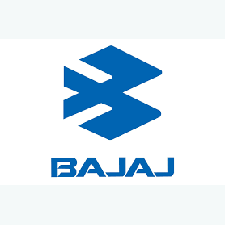


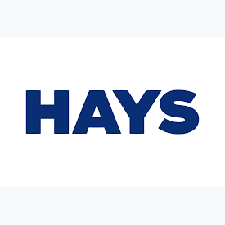

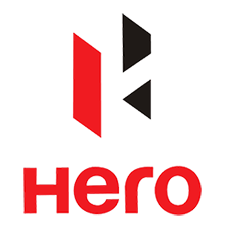






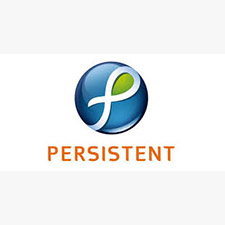


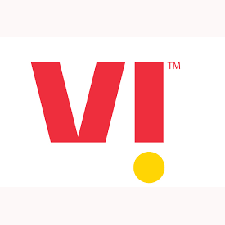

Related Courses
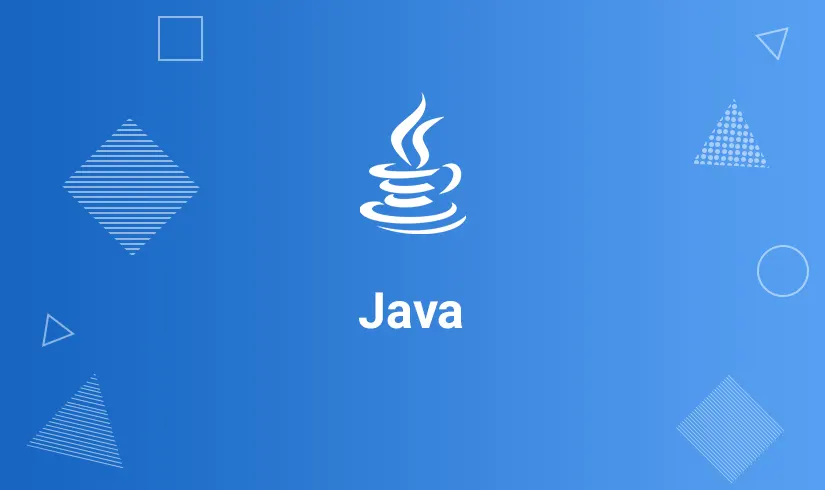
Java Training
Learn and master Java with the professional Java development course as we provide a training program that includes both core and advanced Java.
Read More
Android Training
Android is like encouraging developmental growth in a living and secure environment. With that count become a certified Android Developer.
Read More
Digital Marketing
The current dreadful plague, Covid-19 increases the demand of digital marketer, this is the right time to shift career with Orion InfoSolutions.
Read More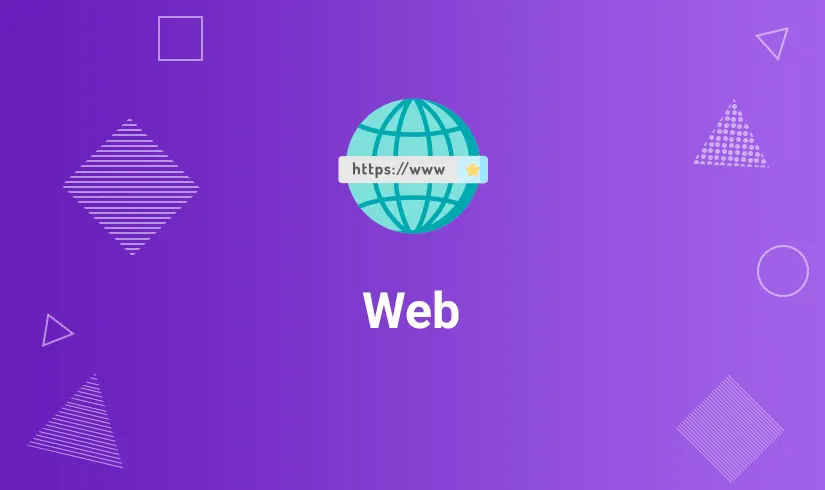
Web Development Training
Web design and development is all about putting ideas into pixels with purpose. Give shape; learn new strategies, and techniques in a loving atmosphere for creating websites.
Read More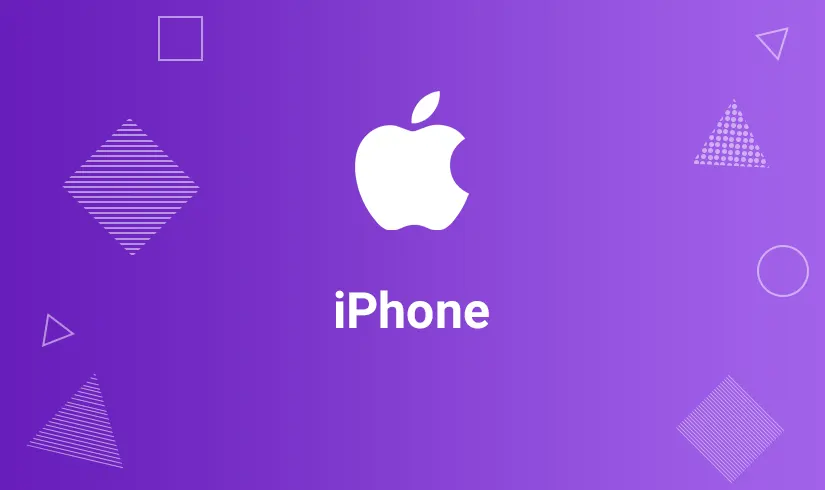
iOS Training
Want to learn how the app is designed and written for iPhone. We are the right platform for you. Master your hands with our experienced iOS developers and experts.
Read More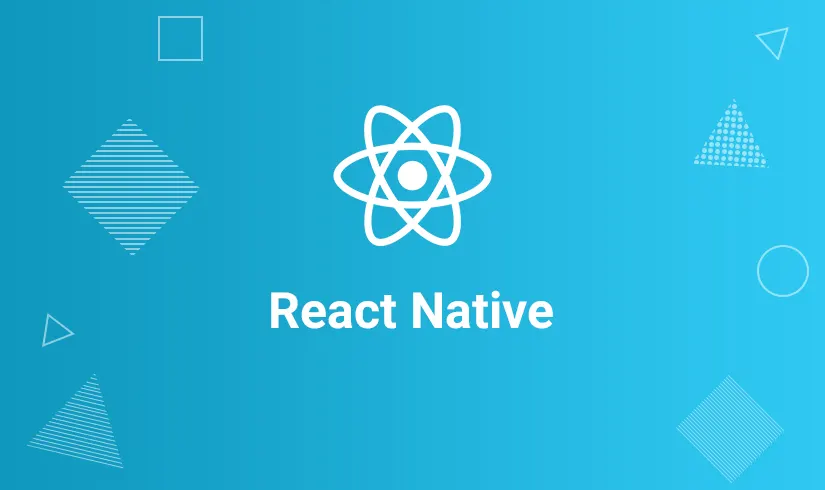
React Native Training
Want to learn how the app is designed and written In React Native. We provides right platform for you. Master your hands with our experienced React Native developers and experts.
Read More
Flutter App Training
Learn the Basics of Flutter. Expand your skill set with the complete course tutor by our experienced flutter professionals.
Read More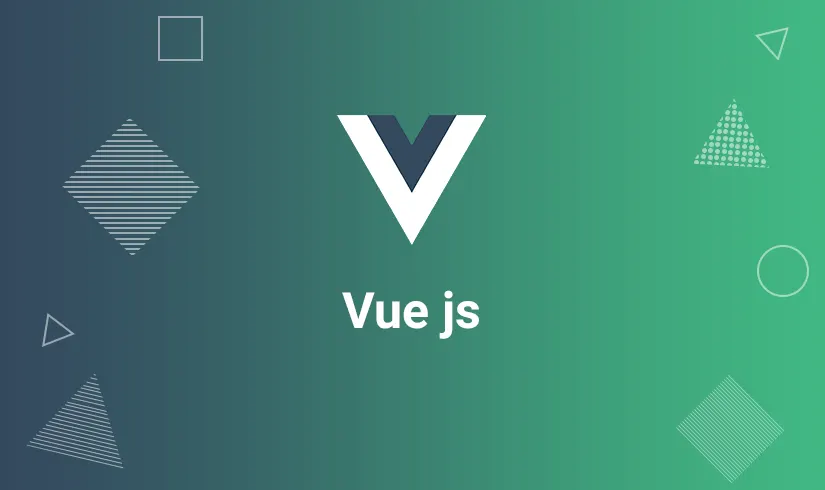
Vue Js Training
Vue.js is the heart of many startups. It is easy to learn Vue.js and grab the realm of it without prior knowledge of coding languages.
Read More
PHP Training
Orion Trainings is a renowned name in the PHP programming world for bringing valuable resources to PHP coders.
Read More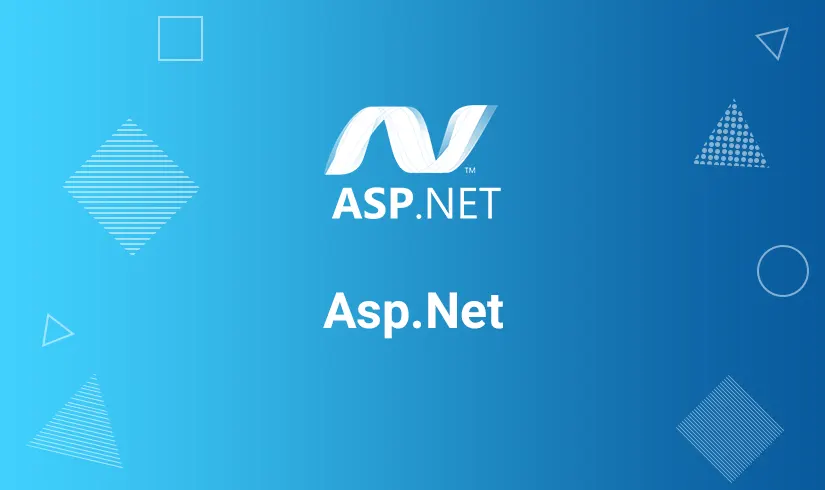
Asp.Net Training
Orion Trainings is a renowned name in the ASP.Net programming world for bringing valuable resources to ASP.Net coders.
Read More
Seo Training
SEO is the science of getting ranking to act without being explicitly programmed. Learn it and explore a career in SEO.
Read More
Web Designing Training
Orion Trainings Classes, the training institute for web designing course. You can join Live Interactive Classes with our experts.
Read More
Wordpress Training
Orion Trainings, the training institute for Wordpress course. You can join Live Interactive Classes with our experts.
Read MoreWhat Our Students Says
Excellent Environment Well experienced faculties. Orion Trainings is one of the best institutes for a better career in React Native App Development. I like the way of teaching. I would like to recommend Orion Trainings to everyone who wants to make their career in IT.
Jaipur
The training provided by Orion Trainings is completely Industrial live projects based. I would like thanks Orion Trainings for shaping my career.
Jaipur
Thanks for providing a right platform for knowledge. I have joined the Orion Trainings for Flutter Training. I must say that the tutors are really friendly and caring. They are always available for giving advice. Orion Trainings is also good in terms of placement.
Jaipur
Orion Trainings is one of the best places of learning. Highly recommend to everyone who wants to make their carrier in IT Industry. Thanks to all the members of Orion Trainings for giving me the right direction of Success.
Jaipur
After the suggestion of my friend, I joined Orion Trainings for PHP and laravel training. The teaching environment of the Institute is very professional and peaceful. I’m very thankful to trainer Kedar Sir, they teach coding and practical skills.
Jaipur